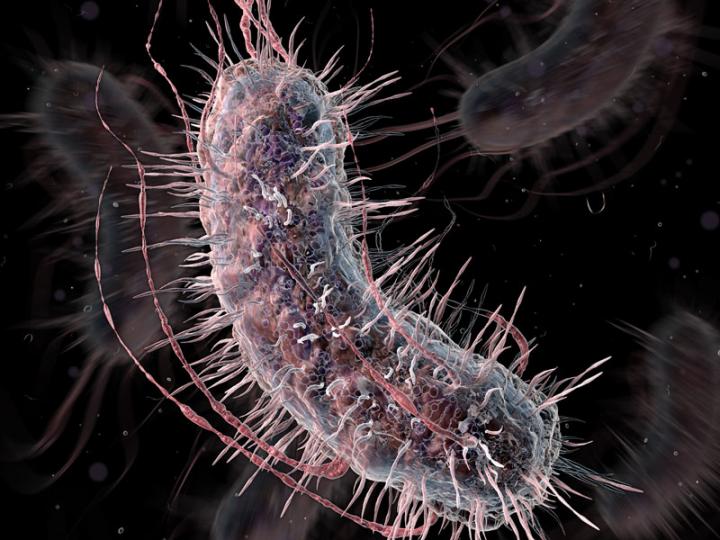![An exercise in recoding, the repurposing of genetic codons, makes progress toward a 57-codon bacterial genome, establishing a framework for large-scale design, assembly, troubleshooting, and phenotypic analysis of synthetic organisms. [Chris Bickel/Science, 2016]](https://genengnews.com/wp-content/uploads/2018/08/Aug19_2016_Science_EscherichiaColi1231851177-1.jpg)
An exercise in recoding, the repurposing of genetic codons, makes progress toward a 57-codon bacterial genome, establishing a framework for large-scale design, assembly, troubleshooting, and phenotypic analysis of synthetic organisms. [Chris Bickel/Science, 2016]
Synthetic biologists have directed their attention toward a phenomenon that editors have long called elegant variation—the liberal and possibly excessive use of synonyms. Whereas an editor might choose to curb an author’s over-reliance on a thesaurus, synthetic biologists might want to simplify a genome by limiting the use of multiple codons instead of just one to code for the same amino acid.
That’s more or less what a team of scientists led by George Church, Ph.D., did when they designed and synthesized a bacterial genome. They had in mind an exercise in recoding—the repurposing of genetic codons—to demonstrate how to create new organisms that feature functionality not previously seen in nature.
Recoding could be used to make the bacteria cultivated in pharmaceutical and other industries immune to viruses, saving billions of dollars of losses due to viral contamination. Also, the altered genetic information in such an organism wouldn't be able to contaminate natural cells because of the code's limitations outside the lab, so its creation could stop laboratory-engineered organisms from genetically contaminating wildlife.
Dr. Church and colleagues previously conducted “search and replace” design missions in which they swapped out just one codon throughout an Escherichia coli genome. Most recently, they tried something even more ambitious: they tried replacing seven codons.
The results of this new effort appeared August 18 in the journal Science, in an article entitled, “Design, Synthesis, and Testing Toward a 57-Codon Genome.” This article described the computational design, synthesis, and progress toward assembly of a 3.97-megabase, 57-codon E. coli genome in which all 62,214 instances of seven codons were replaced with synonymous alternatives across all protein-coding genes.
“We have validated 63% of recoded genes by individually testing 55 segments of 50 kilobases each,” wrote the article’s authors. “We observed that 91% of tested essential genes retained functionality with limited fitness effect. We demonstrate identification and correction of lethal design exceptions, only 13 of which were found in 2229 genes.”
The researchers attempted to reduce the number of codons in the E. coli code from 64 to 57. They systematically replaced all 62,214 instances of these seven codons with alternatives. In the recoded E. coli segments that the researchers assembled and tested, 63% of all instances of the seven codons were replaced, the researchers say, and most of the genes impacted by underlying amino acid changes were expressed normally.
Although the researchers did not achieve a fully operational 57-codon E. coli, they did note that “a functionally altered genome of this scale has not yet been explored.” Their results provide critical insights into the next step in the genome rewriting arena—creating a fully recoded organism. “This work,” the authors of the Science paper concluded, “underscores the feasibility of rewriting genomes and establishes a framework for large-scale design, assembly, troubleshooting, and phenotypic analysis of synthetic organisms.”






